Construction Design
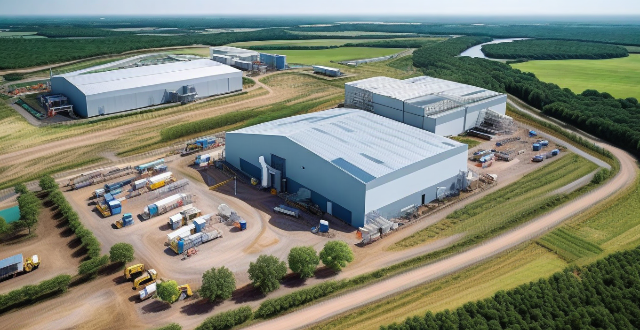
How do building energy efficiency standards affect the construction industry ?
Building energy efficiency standards have a significant impact on the construction industry by affecting cost implications, design philosophy, regulatory compliance, and market trends. These standards require higher initial costs due to advanced technologies and materials but offer long-term benefits like reduced energy consumption and maintenance costs. They also shift the focus of design towards energy performance and sustainability, leading to integrated design processes and innovative solutions. Compliance with these standards is crucial to avoid penalties and legal issues, while certifications like LEED or WELL can provide a competitive advantage. Finally, building energy efficiency standards influence market trends by driving demand for sustainable construction methods and educating clients about their benefits.

What is green building and why is it important for the construction industry ?
Green building is an approach to design, construction, operation, and maintenance of buildings that aims to minimize environmental impact and resource consumption throughout a building's lifecycle. It focuses on sustainability, energy efficiency, water conservation, materials selection, and indoor environmental quality. The importance of green building in the construction industry stems from environmental concerns, economic benefits, and social responsibility. Green buildings reduce carbon footprint, conserve resources, preserve biodiversity, save energy costs, have higher asset values, and promote healthier living conditions. They also set community standards for sustainable practices and help companies stay ahead of compliance requirements. Green building drives innovation in materials science, design techniques, and construction technology. Overall, green building represents a fundamental shift towards more sustainable and responsible practices within the construction industry.
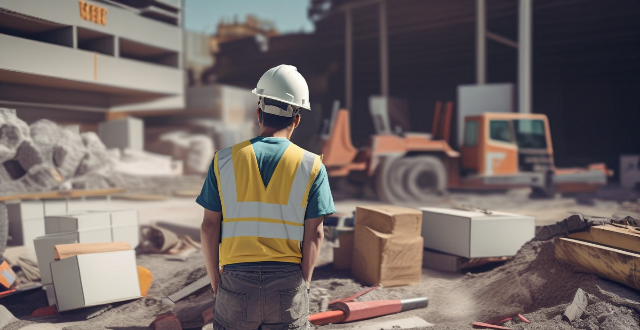
How can we improve safety measures in the construction industry ?
Improving safety measures in the construction industry is crucial for protecting workers and ensuring project completion without delays. A comprehensive approach to enhancing safety includes implementing rigorous training programs, developing comprehensive safety policies, enforcing the use of personal protective equipment (PPE), conducting regular inspections and maintenance, promoting a safety culture, utilizing modern technology, improving housekeeping and orderliness, conducting risk assessments, adopting best practices, and partnering with safety organizations. By prioritizing safety measures, the construction industry can significantly reduce accidents and create a secure environment for all stakeholders involved.
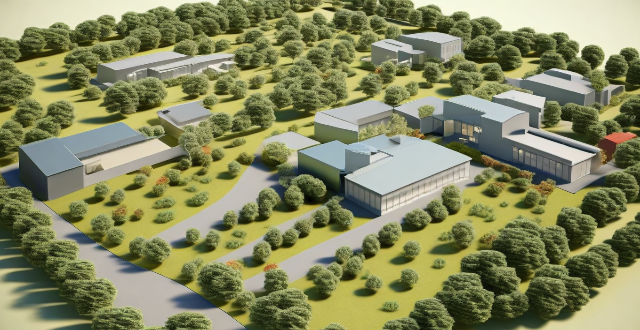
What is ecological design, and why is it important ?
Ecological design is a sustainable approach to architecture and engineering that aims to minimize environmental impact. It promotes the use of renewable energy, sustainable materials, and energy-efficient technologies, leading to reduced carbon footprint and conservation of natural resources. Economic benefits include cost savings, increased property value, and job creation. Socially, it fosters healthier living environments, community engagement, and educational opportunities. Ecological design also adapts to climate change by incorporating resilient infrastructure and water management systems. Finally, it promotes innovation through technological advancements, cross-disciplinary collaboration, and research opportunities.
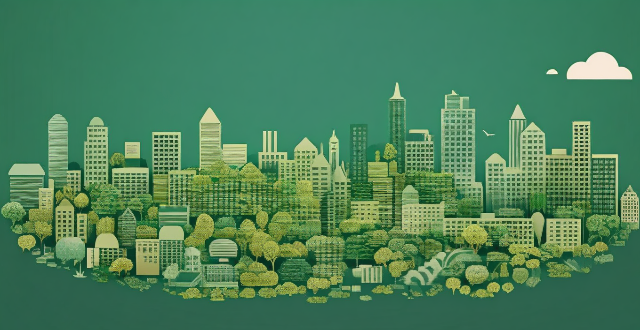
What role does technology play in advancing ecological design ?
The text discusses the role of technology in advancing ecological design, which is an approach to architecture and urban planning that emphasizes the integration of natural systems and processes into the built environment. The author outlines various ways in which technology contributes to ecological design, including data collection and analysis, simulation and modeling, sustainable materials and construction methods, energy efficiency and renewable energy sources, water management and conservation, connectivity and automation, and community engagement and education. Overall, technology plays a crucial role in advancing ecological design by providing tools, data, and methods for understanding and enhancing the relationship between human activity and the natural world.

How do weather conditions affect building safety during construction ?
The text discusses the impact of various weather conditions on building safety during construction. It highlights the risks associated with extreme heat, cold weather, rain and water, strong winds, snow and ice, and lightning and thunderstorms. The conclusion emphasizes the importance of monitoring weather forecasts and adjusting working procedures to ensure worker safety.
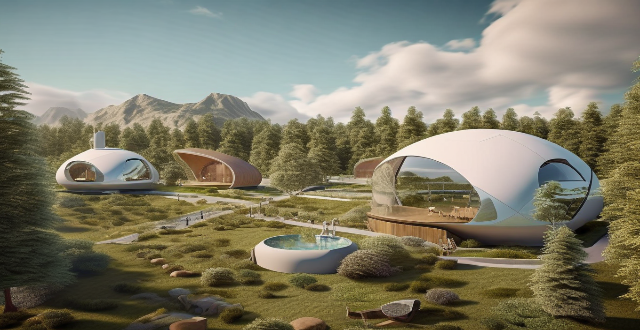
How does ecological design contribute to biodiversity and conservation efforts ?
Ecological design is a crucial approach to enhancing biodiversity and supporting conservation efforts. It integrates principles of ecology and sustainability into the built environment, aiming to minimize negative impacts on natural ecosystems while promoting their health and resilience. Ecological design contributes to these vital efforts by minimizing habitat destruction, promoting ecosystem services, enhancing connectivity, supporting conservation efforts, and implementing best practices. By integrating ecological principles into the built environment, we can create spaces that coexist harmoniously with nature, contributing to a future where both humanity and wildlife thrive.
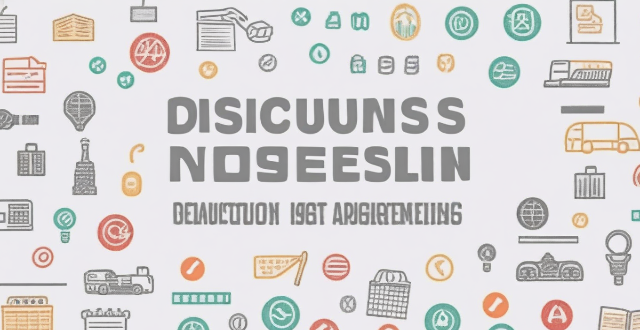
How does poor project management contribute to construction hazards ?
This text discusses the impact of poor project management on construction hazards, including inadequate planning, communication breakdown, ineffective risk management, unrealistic timelines and budgets, and inadequate supervision and training. It emphasizes the importance of effective project management practices for ensuring safety and success in construction projects.
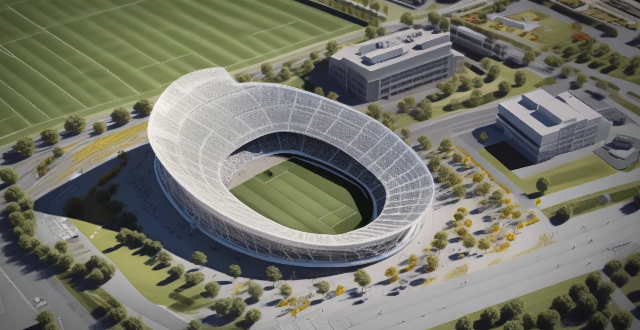
What are some innovative features that can be included in modern sports stadium design ?
Innovative features in modern sports stadium design include sustainable construction, advanced technology, enhanced fan experience, safety and security measures, flexible design, and environmentally conscious facilities. These features aim to improve the fan experience, increase sustainability, and ensure the safety of attendees.

How does ecological design influence the well-being of building occupants ?
Ecological design, also known as sustainable or green design, is a method of architecture and building that focuses on reducing negative environmental impacts while improving occupant comfort and health. This design philosophy significantly affects the well-being of building occupants in various ways, from enhancing indoor air quality to fostering a connection with nature. Some key aspects through which ecological design enhances occupant well-being include: - Healthier Indoor Environment: Ecologically designed buildings often incorporate advanced ventilation systems that ensure the continuous flow of fresh, filtered air. The use of low VOC (Volatile Organic Compounds) materials reduces pollutants that can cause respiratory issues. Strategic placement of windows allows for ample natural light, reducing the need for artificial lighting and its associated energy consumption. Proper insulation and shading devices maintain comfortable temperatures without overreliance on heating and cooling systems. Orienting buildings to maximize solar gain in colder seasons and minimize it in warmer periods contributes to thermal comfort. - Increased Productivity and Comfort: Eco-friendly soundproofing materials can reduce noise pollution, creating a quieter and more focused work environment. Thoughtful layout planning can minimize noise disturbances and improve speech privacy. The use of window shades and tinting can reduce glare from excessive sunlight, ensuring visual comfort for occupants. Strategically placed reflective surfaces can bounce natural light deeper into spaces, reducing the need for bright artificial lighting. - Mental and Emotional Benefits: Incorporating elements of nature such as plants, water features, and natural materials can reduce stress and increase happiness among occupants. Providing views to the outside world, especially of natural settings, has been shown to boost mood and well-being. Ecological designs often include multi-purpose spaces that can be adapted for various activities, contributing to a sense of variety and adaptability. Designs that blur the line between indoor and outdoor spaces encourage a connection to the outdoors and can enhance mental well-being. - Long-Term Sustainability: Integrating solar panels or wind turbines can make buildings self-sufficient in energy, reducing reliance on non-renewable resources. Using durable, eco-friendly construction materials reduces the need for repairs and replacements, saving costs and reducing waste. Low Maintenance Design: Designing buildings to require minimal maintenance work ensures that they remain healthy, safe, and functional over extended periods.

How often should safety inspections be conducted on a construction site ?
Safety inspections are crucial for construction sites to prevent accidents and ensure worker well-being. The frequency of these inspections depends on the project's size, complexity, type of work, and local regulations. This guide provides a detailed overview of how often safety inspections should be conducted: 1. Daily Inspections: Include visual checks, tools and equipment, and personal protective equipment (PPE). 2. Weekly Inspections: Cover structural integrity, electrical systems, and fire safety. 3. Monthly Inspections: Assess environmental hazards, emergency response plans, and site cleanliness. 4. Quarterly Inspections: Conduct comprehensive site assessments, review training updates, and ensure regulatory compliance. Unannounced spot checks should also be performed throughout the project to maintain safety awareness among workers. Safety should always be a top priority on any construction site, and regular inspections are essential for achieving this goal.
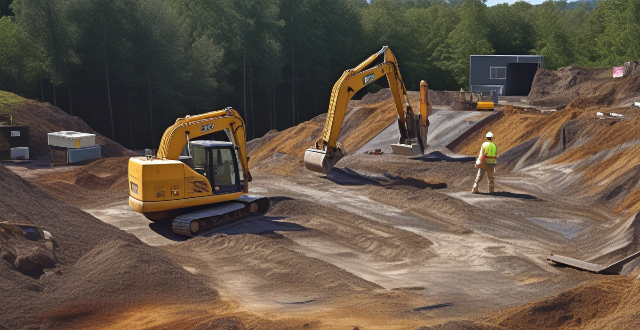
Why is it important to have regular safety training for construction workers ?
Construction sites are dangerous places with numerous potential hazards. Regular safety training for construction workers is essential to mitigate these risks. It enhances awareness of potential hazards, promotes a culture of safety, and ensures compliance with regulations and standards. Ongoing education and training helps workers identify new hazards, develop preventive measures, build a shared responsibility for safety, reinforce safe work habits, meet legal requirements, and maintain insurance coverage. By investing in regular safety training, construction companies can create safer work environments, protect their employees, and avoid costly fines and legal liabilities.
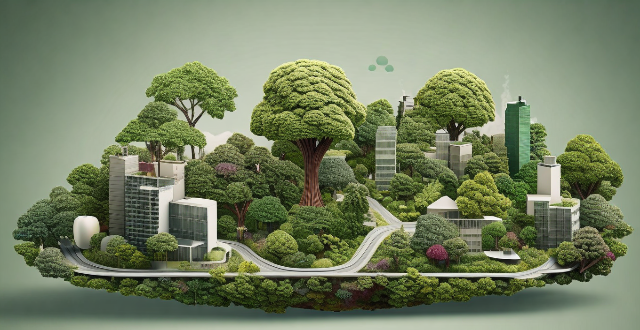
How can communities benefit from incorporating ecological design into their development plans ?
Incorporating ecological design into community development plans can enhance environmental sustainability, improve public health, bring economic benefits, and strengthen community cohesion.

What are the educational requirements for professionals interested in ecological design ?
Ecological design requires professionals to have a combination of skills and knowledge in various fields. A bachelor's degree is typically required for entry-level positions, with majors such as environmental science, architecture, landscape architecture, and urban planning. Many professionals also pursue a master's degree or certifications to gain specialized knowledge and advance their careers. Certifications include LEED Accredited Professional, Living Building Challenge Certified Professional, American Society of Landscape Architects Certified Professional, and National Council of Interior Design Qualifications Certified Professional Interior Designer.
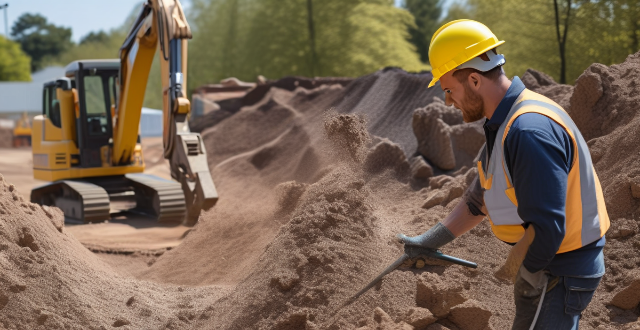
What is the role of personal protective equipment (PPE) in ensuring construction site safety ?
The article discusses the crucial role of Personal Protective Equipment (PPE) in ensuring safety on construction sites. It emphasizes the importance of PPE in protecting workers from physical, chemical, biological, and environmental hazards. The article also highlights the legal implications of not using PPE, as well as its potential to enhance worker productivity. Furthermore, it outlines various types of PPE used on construction sites, such as head protection, eye and face protection, hearing protection, hand protection, foot protection, respiratory protection, and fall protection. The article also provides best practices for using PPE effectively, including proper fit and comfort, maintenance and replacement, training and awareness, and storage and accessibility. Finally, the article concludes that PPE is an essential component of any construction project's health and safety protocols.
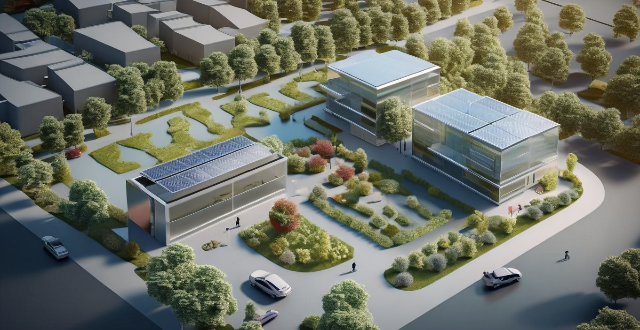
How does ecological design impact energy efficiency in buildings ?
Ecological design significantly impacts energy efficiency in buildings through various strategies like passive solar design, advanced insulation, renewable energy sources, energy-efficient appliances, water conservation, and sustainable material choices. These practices reduce energy consumption, lower operational costs, and minimize environmental harm.
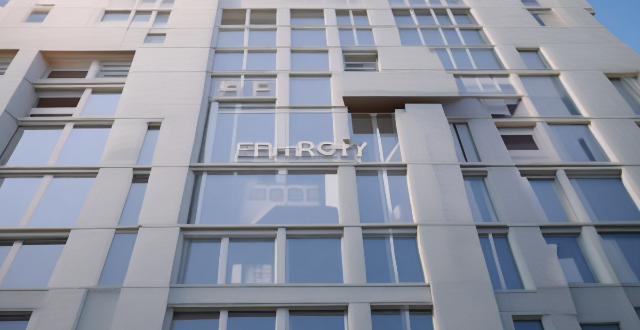
How does the design of a building impact its energy efficiency ?
This text discusses the impact of building design on energy efficiency, focusing on orientation and layout, insulation and airtightness, windows and doors, lighting and electrical systems, and HVAC systems. It highlights that a well-designed building can significantly reduce energy consumption and improve indoor comfort, while a poorly designed one can lead to high energy costs and discomfort for occupants. The text provides various strategies and considerations for each aspect of building design to achieve energy efficiency.
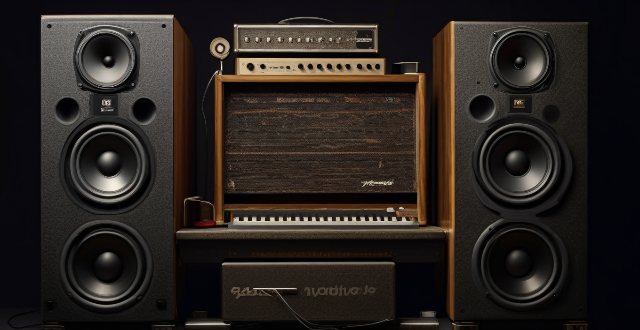
Are there any significant changes to the design of the new MacBook Pro ?
The new MacBook Pro has a slim and lightweight design, larger display, Touch Bar, improved speakers and camera, and more ports.
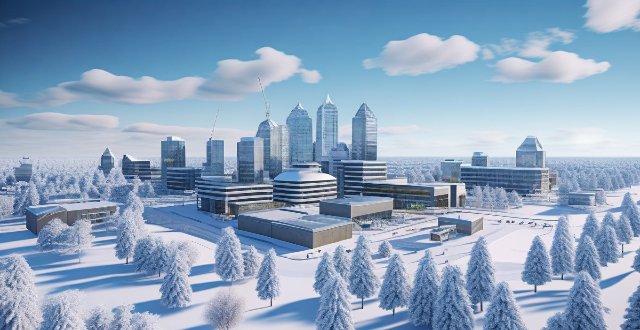
Is ecological design more expensive than traditional design methods, and is it cost-effective in the long term ?
The article explores the cost implications of ecological design compared to traditional design methods. It acknowledges that ecological design, which emphasizes energy efficiency and sustainability, often comes with higher upfront costs due to factors such as more expensive materials and specialized labor requirements. However, it argues that these initial expenses can be offset by long-term benefits like reduced energy and water bills, lower maintenance costs, improved indoor air quality, and increased property value. The article uses an example of an energy-efficient building to illustrate how the cumulative savings from these benefits can outweigh the initial additional costs over time. In conclusion, while acknowledging the higher upfront costs, the article asserts that ecological design is more cost-effective in the long run and represents a wise investment for both homeowners and developers.

Can you provide examples of successful ecological design projects ?
Ecological design is a concept that focuses on creating structures and spaces that are environmentally friendly, sustainable, and harmonious with their surrounding ecosystems. Here are some examples of successful ecological design projects: 1. The Bullitt Center in Seattle, USA 2. The Green School in Bali, Indonesia 3. The High Line in New York City, USA 4. The Gherkin Building in London, UK 5. The Living Building Challenge in various locations worldwide
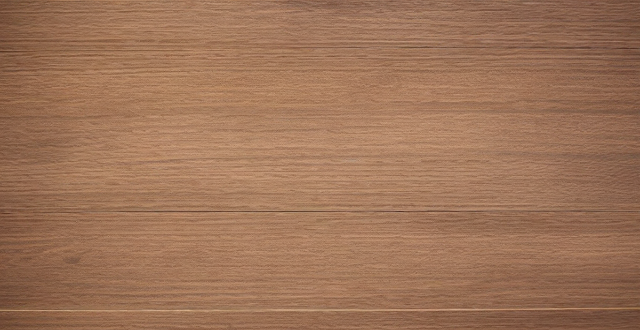
What materials are commonly used in ecological design, and why ?
This article discusses materials used in ecological design, including recycled and reclaimed materials such as recycled metals, reclaimed wood, and glass; sustainable materials like bamboo, cork, and linoleum; and low-impact materials such as concrete, insulation, and sheep's wool. It emphasizes that ecological design prioritizes materials with minimal environmental impact throughout their life cycle.

How does climate change affect the construction industry ?
Climate change affects the construction industry in various ways, including increased extreme weather events leading to damage and costly repairs, changes in building codes and standards due to new environmental conditions, a focus on energy efficiency and sustainability, potential disruptions to labor availability and supply chains, and increased insurance costs. Builders and developers must adapt by embracing new technologies and practices that promote sustainability and resilience.

How do UV-protective fabrics influence the design of outdoor sportswear ?
The integration of UV-protective fabrics in the design of outdoor sportswear has significantly influenced its functionality and safety. Material selection, garment construction, aesthetics, and durability are key considerations in this process. Designers ensure that these garments offer protection from harmful UV rays while also being comfortable, durable, and visually appealing.
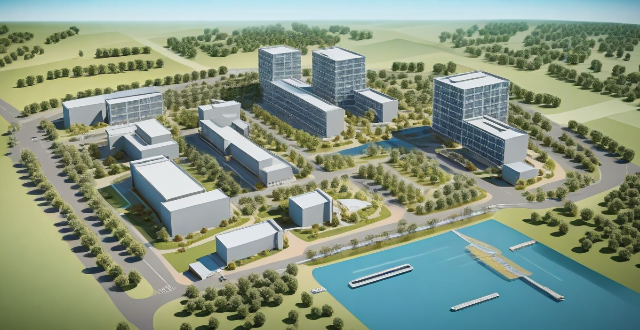
How do ecological design strategies help combat climate change ?
Ecological design strategies are vital for combating climate change. They promote sustainable practices, reduce environmental impact, and create harmonious living conditions that minimize resource consumption. Key strategies include enhancing energy efficiency, promoting renewable energy sources, reducing water consumption, optimizing land use and biodiversity, waste reduction and recycling, carbon sequestration and storage, and community-scale sustainability. By implementing these strategies, we can create more sustainable environments and mitigate the effects of climate change.
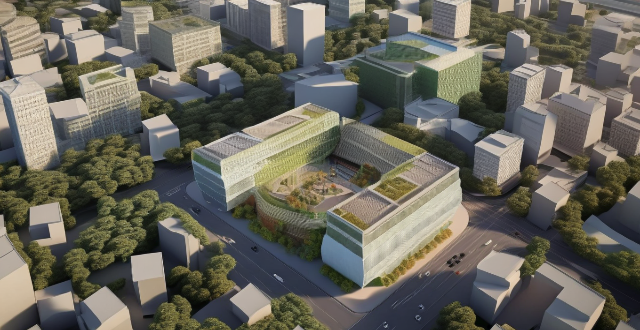
How do energy-efficient buildings contribute to reducing carbon emissions in the construction sector ?
Energy-efficient buildings are crucial in the construction sector for reducing carbon emissions, which contribute significantly to global warming and climate change. The importance of urgent action is emphasized by the IPCC's warning about the limited timeframe to limit global warming to 1.5°C above pre-industrial levels. Energy-efficient buildings can reduce energy consumption, lower energy bills, improve comfort and health, and contribute to long-term sustainability. Strategies for achieving energy efficiency include passive design strategies, high-performance building envelopes, advanced HVAC systems, retrofitting existing buildings with energy audits and renewable energy sources. Collective action from various stakeholders is necessary to make significant progress towards a sustainable future.

What are the benefits of applying educational psychology in curriculum design ?
The application of educational psychology principles in curriculum design can significantly improve student learning outcomes, promote their well-being, support teacher effectiveness, address diversity and inclusion, and align with modern educational goals. This approach enhances cognitive development, motivation, adaptive learning strategies, reduces anxiety, increases self-esteem, develops social skills, informs instructional decisions, encourages professional growth, aids classroom management, integrates cultural sensitivity, addresses special education needs, differentiates instruction, prepares students for future challenges, fosters lifelong learning, and effectively uses technology. Overall, this holistic approach to curriculum design benefits both students and educators, preparing learners for success in the 21st century.
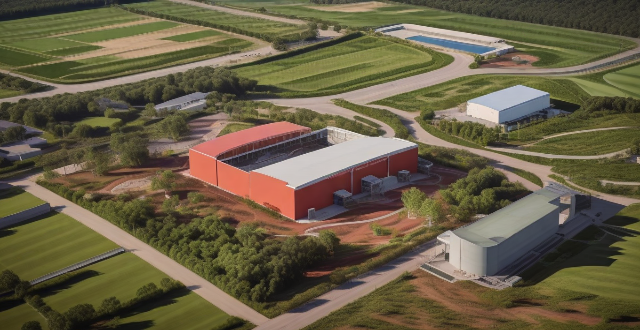
What is the connection between deforestation for stadium construction and increased greenhouse gas emissions ?
Deforestation for stadium construction leads to increased greenhouse gas emissions by reducing carbon sinks, disturbing soil, consuming energy during construction and operation, altering albedo, increasing transportation-related emissions, generating waste, affecting biodiversity, and changing water regulation. Mitigation strategies include sustainable design, using renewable energy, promoting public transportation, carbon offsetting, and effective waste management.

What are some popular trends in iPhone wallpaper design ?
The text discusses the popular trends in iPhone wallpaper design. The author lists seven different types of designs, including minimalism, nature, abstract art, gradients, retro and nostalgia, pop culture, and personalization. Each type is described briefly with its characteristics and appeal. The first trend is minimalism, which features simple lines and muted colors to create a sense of tranquility. Nature-themed wallpapers are also popular, ranging from landscapes to close-ups of flowers or animals. Abstract art is another trend that adds creativity and individuality to devices. Gradient wallpapers have become increasingly popular, featuring smooth transitions between colors. Retro and nostalgic wallpapers evoke feelings of warmth and familiarity. Pop culture-inspired wallpapers show off interests and personality. Finally, personalized wallpapers feature names, initials, quotes, or other personal touches. In conclusion, there are many popular trends in iPhone wallpaper design. Whether you prefer minimalism, nature, abstract art, gradients, retro styles, pop culture icons, or personalized designs, there is sure to be a trend that suits your taste and style.
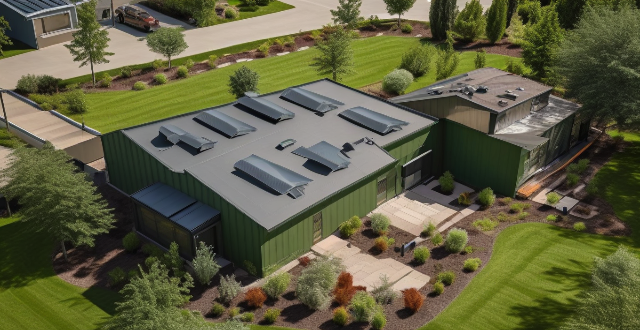
What is the relationship between ecological design and green roofs/walls ?
Ecological design emphasizes sustainability and harmony with the environment, incorporating green roofs/walls for energy efficiency, stormwater management, habitat creation, air quality improvement, and aesthetic enhancement. These features require careful consideration of climate, building structure, water management, maintenance, energy efficiency, and habitat connectivity to ensure their success and alignment with ecological design principles.

How have advancements in materials science impacted sports equipment design ?
Advancements in materials science have significantly impacted sports equipment design, improving durability, performance, safety, comfort, and customization. Examples include carbon fiber bats, advanced composite tennis racquets, titanium golf clubs, aerodynamic cycling helmets, shock-absorbing running shoes, breathable athletic apparel, customized orthotics, and personalized mouthguards. These innovations not only enhance the athletes' performance but also reduce waste, making it an environmentally friendly option.